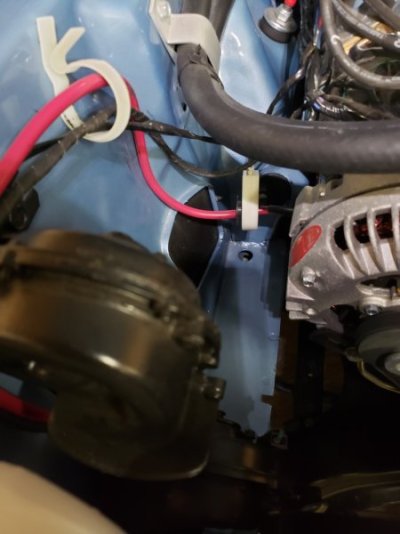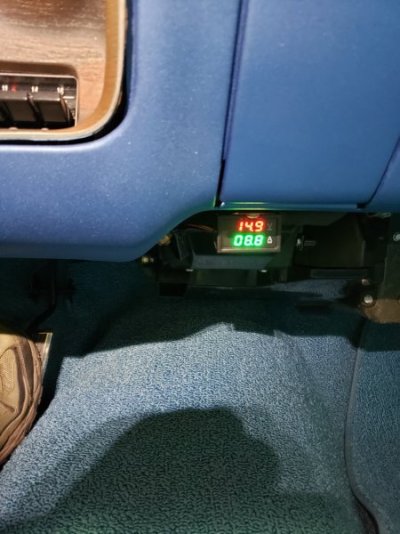The Ammeter - 99% of the time it only gets the blame for being a weak point because people tend to poke around under the dash while doing some unrelated modifications, and they subsequently and inadvertently move the wiring either side of the ammeter.
This movement can loosen the terminals which eventually leads to a hot spot on the connections, which on rare occasions turns into a wiring fire.
The ammeter gets the blame every time.
It is usually the fault of the person working on the car.
My best advice for anyone working under the dash is to make sure they check the ammeter terminals - make sure they are tight, and also clean. Disconnect if required, emery paper the lugs, and reconnect. Adding some di-electric grease will do no harm either.... just make sure the terminals are properly seated and tightened.



















